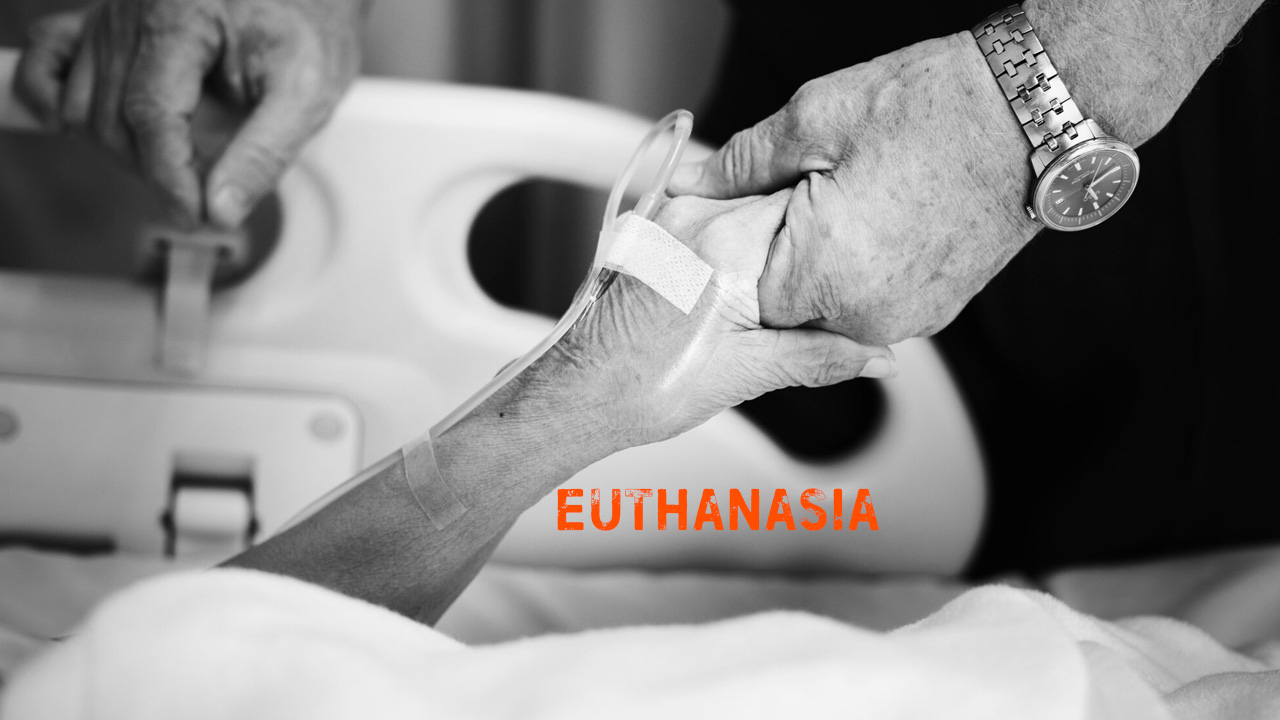India's Passive Euthanasia: New Tech-Driven Protocol Promises Clarity & Patient Choice

India's End-of-Life Care: A New Era of Clarity and Patient Autonomy
For years, India's approach to end-of-life care has been a complex and evolving landscape. From initial cautious steps taken by the judiciary regarding passive euthanasia to the burgeoning possibility of patient-driven advance directives, the nation has been on a journey towards greater clarity and respect for individual autonomy. However, despite significant progress, challenges remain in ensuring a streamlined and accessible process for those seeking to exercise their right to a dignified end.
The Current Landscape & the Need for Reform
The legal framework surrounding euthanasia in India has been shaped by landmark Supreme Court judgments. While 'passive euthanasia' (withdrawing life-sustaining treatment) has been permitted under certain conditions, the lack of a clearly defined protocol has often resulted in legal ambiguity and emotional distress for families. The absence of a structured framework has created hurdles in implementing the courts’ rulings, leaving many families unsure of their rights and responsibilities.
The Promise of Advance Directives
The introduction of advance directives – also known as living wills – holds immense potential. These documents allow individuals to specify their wishes regarding medical treatment in the event they are unable to communicate. This empowers patients to retain control over their end-of-life care, ensuring their values and preferences are respected. However, the widespread adoption of advance directives has been slow, hampered by a lack of awareness and concerns about potential misuse.
A Technology-Driven Solution: Streamlining the Process
Recognizing the need for a more efficient and accessible system, discussions are now focusing on leveraging technology to streamline the process of passive euthanasia and advance directive implementation. A proposed protocol aims to incorporate digital tools and platforms to:
- Facilitate Advance Directive Registration: A secure online platform could allow individuals to easily create, store, and register their advance directives, ensuring they are readily available to healthcare providers.
- Automated Verification: Technology can be employed to verify the authenticity of advance directives and ensure they align with current medical conditions.
- Decision Support Tools: AI-powered tools can assist healthcare professionals in understanding and applying advance directives, especially in complex cases.
- Improved Communication: Digital platforms can facilitate communication between patients, families, and medical teams, ensuring everyone is informed and aligned.
Key Considerations and Challenges
While technology offers significant advantages, several key considerations must be addressed. Data privacy and security are paramount, and robust safeguards are needed to prevent unauthorized access or manipulation of advance directives. Furthermore, ensuring equitable access to technology and digital literacy is crucial to avoid exacerbating existing inequalities. Ethical considerations surrounding the use of AI in end-of-life decision-making also require careful scrutiny.
Looking Ahead: A Future of Dignified End-of-Life Care
The development of a streamlined, technology-driven protocol for passive euthanasia in India represents a significant step towards providing dignified end-of-life care. By embracing innovation while addressing ethical and practical challenges, India can create a system that empowers patients, supports families, and upholds the principles of autonomy and compassion. The future lies in a collaborative approach involving legal experts, healthcare professionals, technologists, and ethicists to ensure this protocol is both effective and ethically sound. This is not just about legal compliance; it's about fostering a culture of respect and understanding surrounding end-of-life choices in India.






